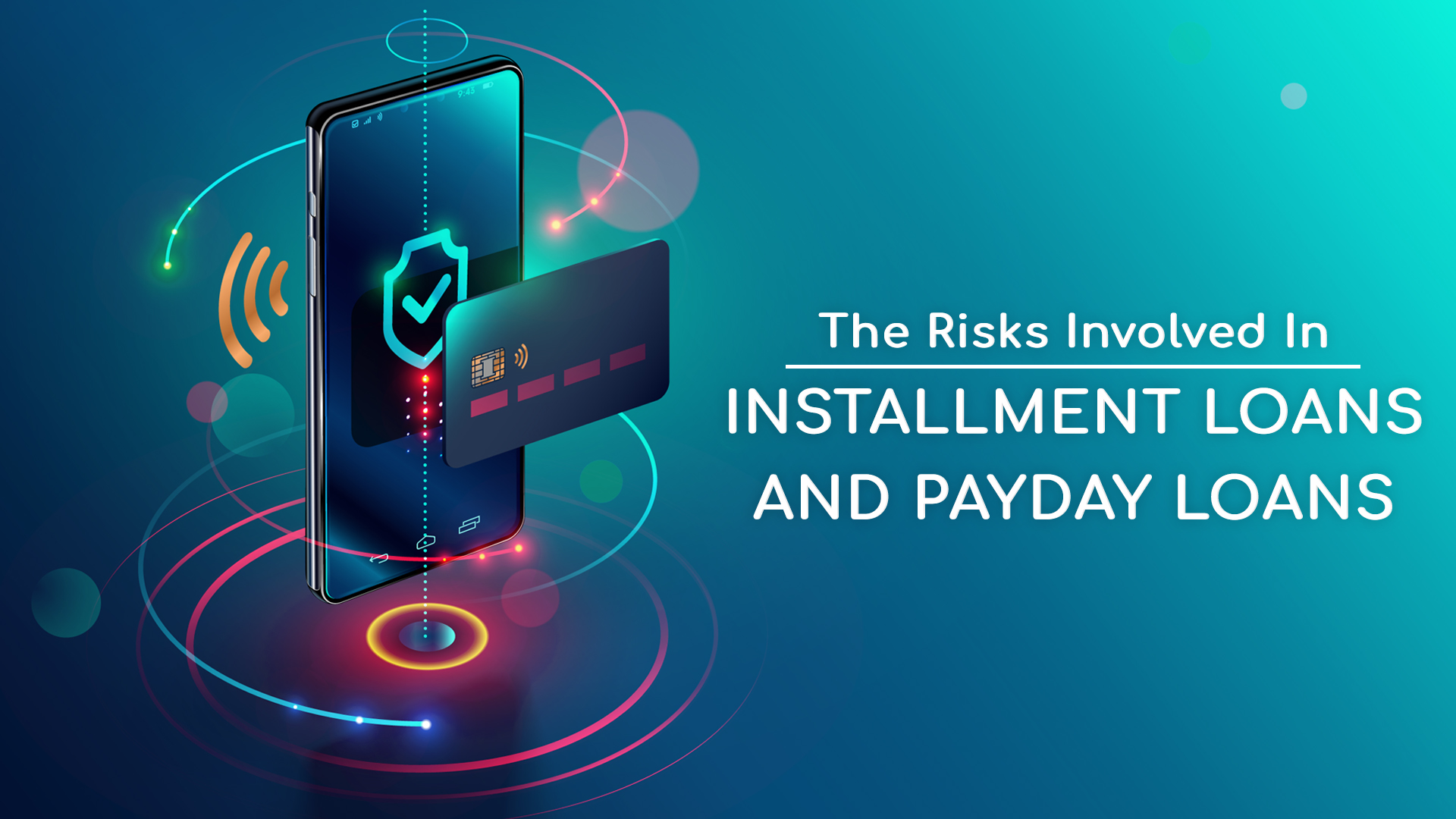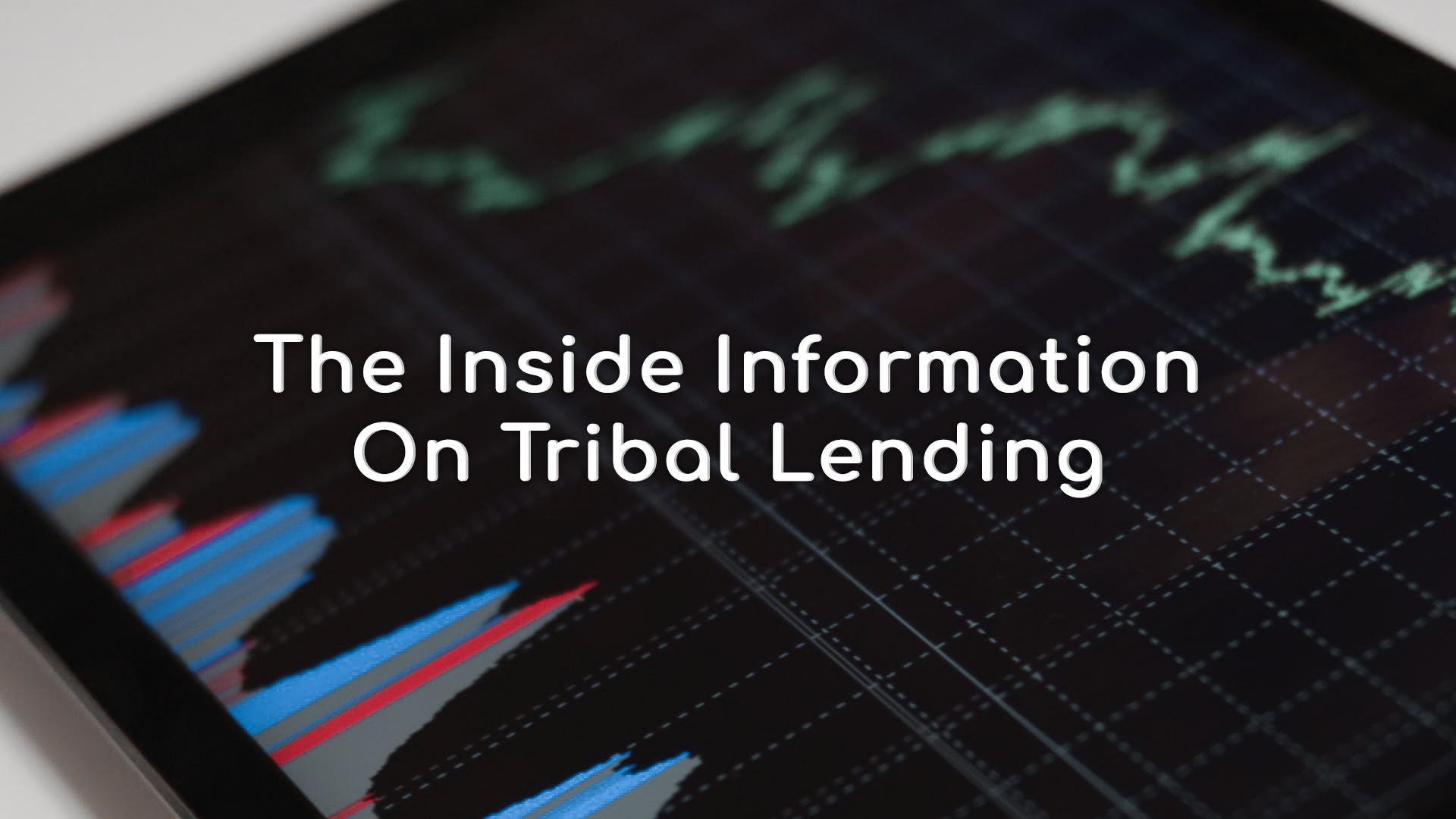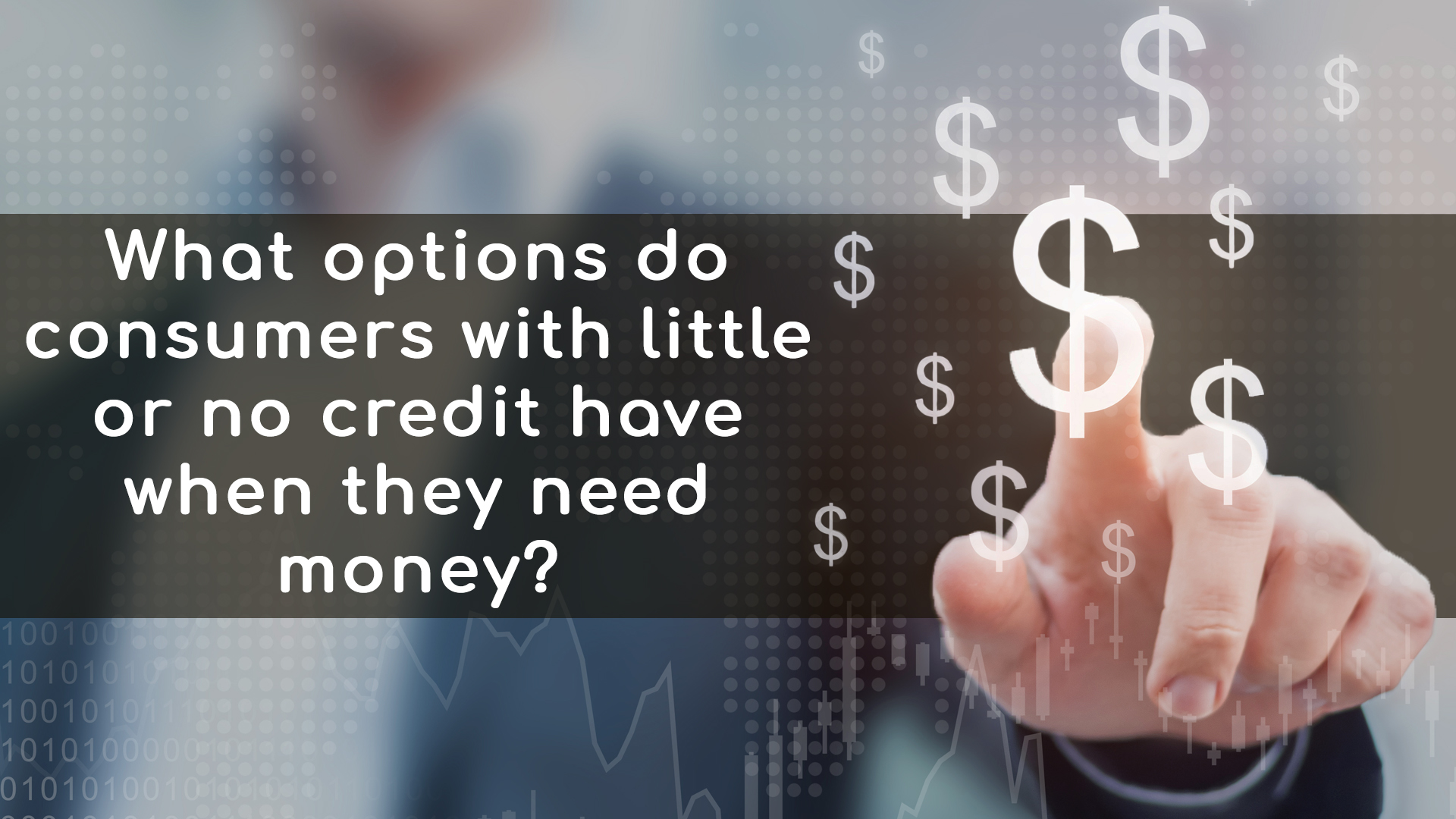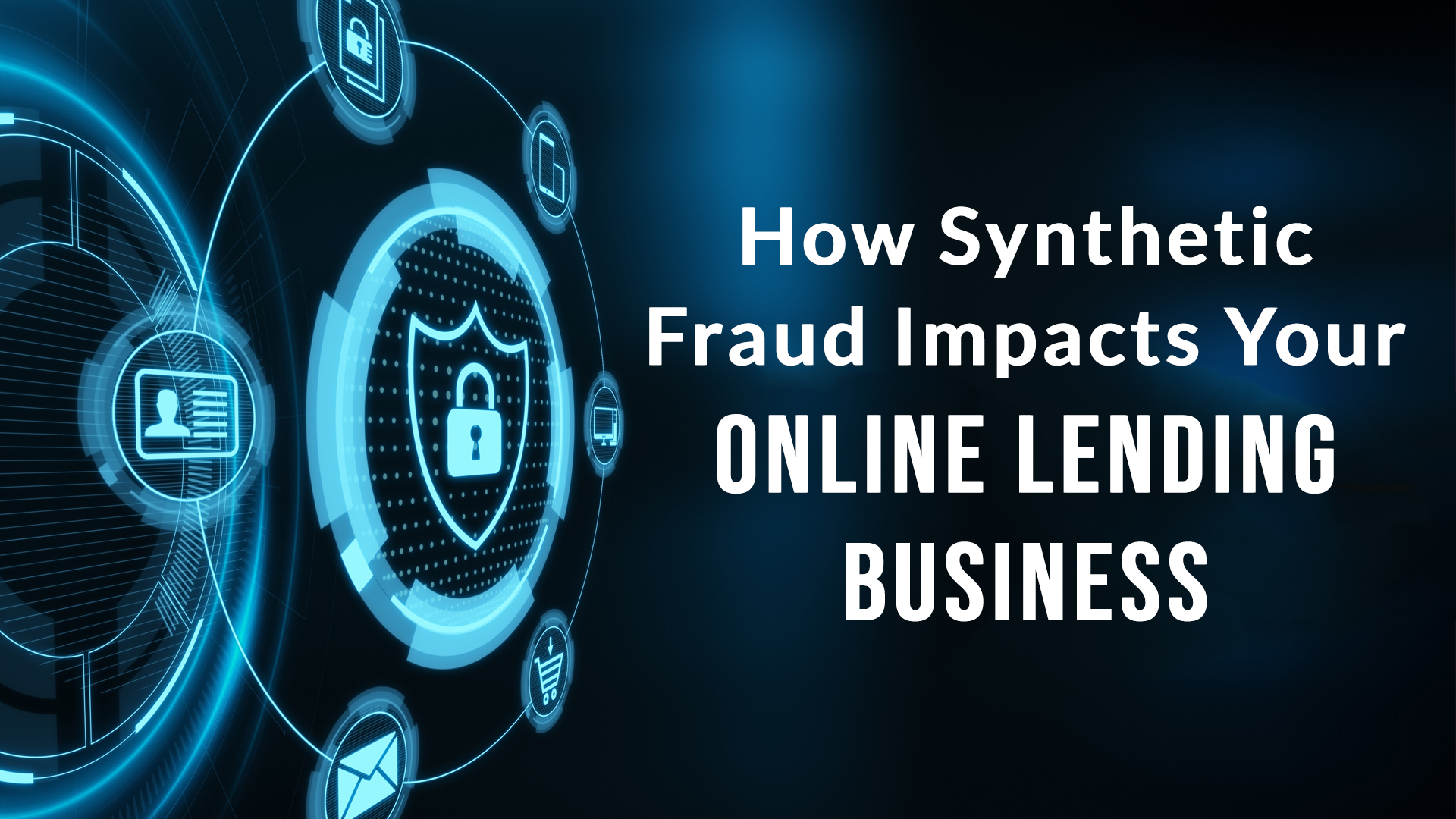The Risks Involved in Installment Loans and Payday Loans
Over 12 million Americans take out personal loans each year. Most individuals take out loans for unforeseen medical costs, emergency expenses, long-term investments, and many other reasons.
If you can’t pay for your expenses in cash or get approved for a credit card, your next option is to borrow money from a lender. There are many loans a borrower can take out. Today we will focus on the two most common: payday and installment loans. Understanding the particulars of each loan will help you determine which is right for you; payday loan or installment loan.
Understanding Your Options
What is the difference between the two? The biggest difference is their loan structures.
- Installment loans are repaid over longer periods of time, usually six months. The structure of installment loans is common in mortgages, auto, debt consolidation, and student loans.
- Payday loans, are short term and repaid in one full payment within two weeks of a borrower’s next pay-day.
- Installment loans are usually more than $1000
- Payday loans are less than $1000.
Although the principle of installment loans are higher, this type of loan is more affordable due to its extended repayment period. During this loan period, the compound interest has more time to accrue. As a result, a borrower ultimately pays more interest with an installment loan, than with a payday loan.
Another factor to look into is the annual percentage rate (APR) of the loan. This determines the amount it will cost a borrower in a year. In installment loans, the APR is determined by the type of loan and the borrower’s credit score.
Lenders Exposed to Loan Stacking
Borrowers are now taking advantage of fast approvals from online lenders. They are submitting applications for multiple loans one after the other, before the previous loans reflect on their statements. This scheme allows them to pile more money than they would qualify for. Some use fake identities, while others steal identities to get loans without the intent of repaying. These individuals are referred to as “loan stackers.”
Companies such as Clarity Services Inc., Data X, and MicroBilt have created underwriting criteria that can indicate that the borrower is a high fraudulent risk. They have also investigated and monitored the characteristics of stackers.
In a 2017 TransUnion study, researchers found that loan stackers target phone companies first. Senior Vice President, Pat Phelan, said that fraudsters apply for as many loans as they possibly can, and many times they start their ill activities in telco industries.
“They will first register for a mobile account, access the mobile’s billing account, and then target the traditional non-fintech lenders. After that, they will strike card and fintech.”
According to several studies, online fraudsters know how to target individuals with high FICO scores- high scorers have higher approval rates.
“Why would someone steal a credit card record reading 47? If I personally were to steal identity then it would be nothing less than 790-825,” – Phelan.
The investigators have classified stackers into three categories: shoppers, fraudsters, and the over-leveraged.
Shoppers
Loan shoppers apply for different loans and are known to be financially savvy customers.
Fraudsters
Fraudsters are nefarious loan stackers who borrow loans intending to never repay. Even if these fraudsters share their true identity, it would be hard for the lender to catch them due to the physical distance.
When the loan is large, the lender can make efforts to hire an attorney and a collection agency to follow it up. However, if the amount is more than $1000 and the physical distance is significant, it would cost the lender more than they are owed to try to collect it back.
Over-Leveraged
The over-leveraged are borrowers who may be facing financial problems and need several loans to meet their financial needs. Scammers might open a bank account with a fake identity and apply for a loan, hoping to gain financial benefit from the approved funds.
The Need for Transparency
Despite the risks associated with online lending, most individuals still turn to them for emergency funds. To encourage this industry to protect consumers, market transparency needs to be regulated.
Today, regulators are working to develop better policies. Although regulation can protect consumers, there still needs to be a tool that can offer relevant details in one place for more advanced protection. A transparent marketplace rewards legitimacy and encourages healthy competition.
Because online loan fraud is targeted and is cross-vertical, lenders need to invest in a platform that collects data from various third-party data systems. The platform should help in identifying lead fraud and calculate a borrower’s score.
Use Decision Cloud to make the best investment decisions. If you are in the online lending space and looking for a tool to keep your business transparent and risk-free, call us today.






